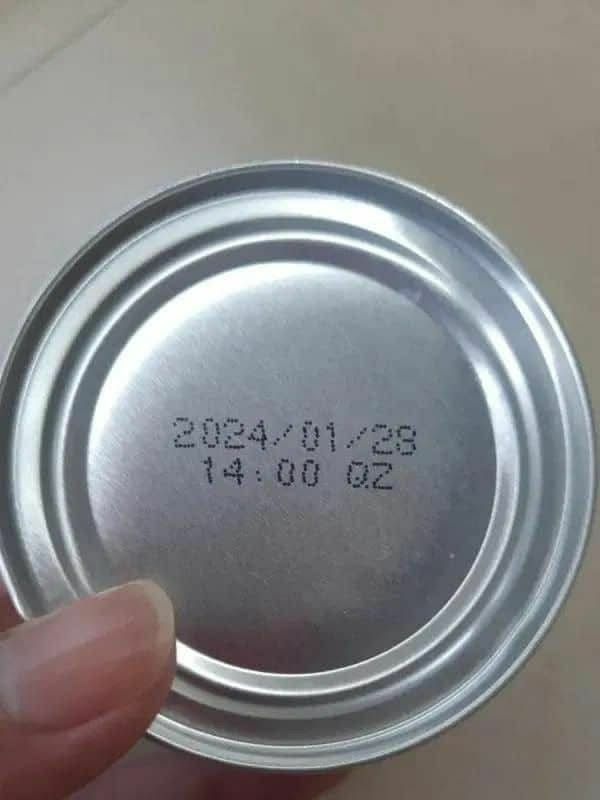Navigating the world of food expiration dates can be confusing, especially when it comes to the “Best By” labels found on canned goods. Many people assume these dates mark a hard deadline for food safety, but the truth is more nuanced. These labels are primarily quality indicators, not strict expiration warnings.
This guide will help you better understand “Best By” dates and how long foods like canned corn, green beans, and tuna can remain safe and edible—sometimes years after the printed date.
Understanding “Best By” Dates
A “Best By” date isn’t the same as an expiration date. Instead, it reflects the manufacturer’s estimate of how long the food will retain its peak freshness, flavor, and texture.
For canned foods that are properly stored, this often means they are still perfectly safe to consume long after the “Best By” date has passed—though you may notice subtle changes in taste or texture over time.
The Long Shelf Life of Canned Foods
Canned Corn
Canned corn is a pantry staple with a shelf life that can extend up to two years past its “Best By” date, provided the cans are stored in a cool, dry place and remain undamaged. While the flavor may become slightly muted, it is still safe to eat.
Canned Green Beans
Much like canned corn, green beans typically last for up to two years beyond their printed date. Expect minor changes in flavor or firmness with older cans, but they remain safe for consumption if stored properly.
SEE NEXT PAGE
ADVERTISEMENT

